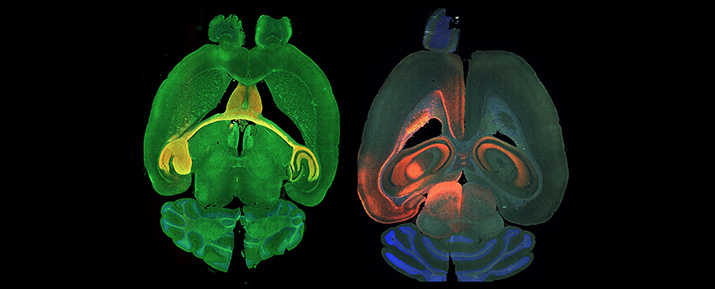About dementia
Alzheimer’s disease was first described in 1906 – over 100 years ago – by the German psychiatrist and neuropathologist, Alois Alzheimer. The disease named after him is today the most common form of dementia. Its prevalence continues to increase with an aging population. In Australia, dementia has become the second leading cause of death. Currently, over 425,000 Australians are living with dementia, with numbers projected to exceed 500,000 by 2025. Worldwide, almost 50 million people live with dementia (over 130 million predicted by 2050). The direct costs for health and residential care exceed $12 billion per year, with indirect costs such as lost earnings and career time amounting to many times this figure.
Major advances in medical research have reduced deaths from cancer, cardiovascular disease and diabetes mellitus over the past decades. In contrast, deaths from Alzheimer’s disease have risen by 38.7% between 2000 and 2010, reflecting the lack of effective treatments and the increased prevalence of the disease.

The Australian government recognised dementia, and in particular Alzheimer’s disease, as a major national health challenge of the future. Accordingly, the federal government committed significant funds to accelerate research and translation towards novel therapies. This is in line with international initiatives to advance dementia research, including in the United Kingdom, Germany and the US. The main barrier in the development of novel therapies lies in the limited understanding of the molecular mechanisms that lead to dementia. Therefore, it is paramount to intensify discovery research into the pathogenesis of Alzheimer’s disease with a focus on translation of breakthrough discoveries into desperately awaited therapies.
